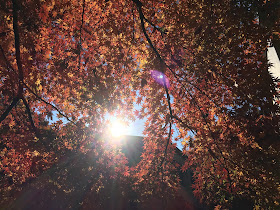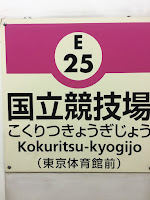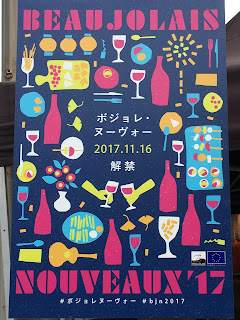
 A key part of the clean-up is getting rid of unwanted stuff and in this respect "organising consultant" Marie Kondo has been remarkably influential (indeed she was was one of Time's "100 most influential people" in 2015). Her 2011 book Jinsei ga Tokimeku Katatsuke no Maho (人生がときめく片づけの魔法) was a massive bestseller and has been published in over 30 countries. The 2014 English version was followed by a 2016 sequel and a 2017 manga, the former titled "Spark Joy" drawing on the verb tokimeku in the original Japanese which can be variously translated as to throb, flutter, or palpitate. The basic idea is to take a category-by-category approach (such as clothes or books) and focus on what you want to keep rather than want you want to throw away; anything that "sparks joy" should be kept and given a proper place that is both visible and accessible.
A key part of the clean-up is getting rid of unwanted stuff and in this respect "organising consultant" Marie Kondo has been remarkably influential (indeed she was was one of Time's "100 most influential people" in 2015). Her 2011 book Jinsei ga Tokimeku Katatsuke no Maho (人生がときめく片づけの魔法) was a massive bestseller and has been published in over 30 countries. The 2014 English version was followed by a 2016 sequel and a 2017 manga, the former titled "Spark Joy" drawing on the verb tokimeku in the original Japanese which can be variously translated as to throb, flutter, or palpitate. The basic idea is to take a category-by-category approach (such as clothes or books) and focus on what you want to keep rather than want you want to throw away; anything that "sparks joy" should be kept and given a proper place that is both visible and accessible.Given the combination of small houses and a consumerist and gift-giving culture, it is no surprise that the KonMari method (こんまり式) has been something of a revelation in Japan. In the neighbourhood, it's very common to see storage containers or "trunk-rooms" which you can rent out to store the stuff that won't fit in your house (pictured). People who can't afford to do this - or who can't bear to throw anything out - simply hoard and in recent years the increase in the issue of so-called "garbage houses" (gomi-yashiki =ゴミ屋敷) where rubbish has been overflowing onto the street has become something of a social problem. Indeed, there are even specialist companies which clear out such houses in cases of the increasingly common case of solitary death (kodoku-shi =孤独死).
This will be the last post for 2017, so let me leave with you a couple of common greetings used around this time of year. If it's still 2017 I can say yoi otoshi o (よいお年を) which means (I hope you) have a good new year (holiday); if you're reading this in 2018 then I will wish you a very happy new year which is akemashite omedetō gozaimasu (明けましておめでとうございます) - shortened to akeome among friends!











































